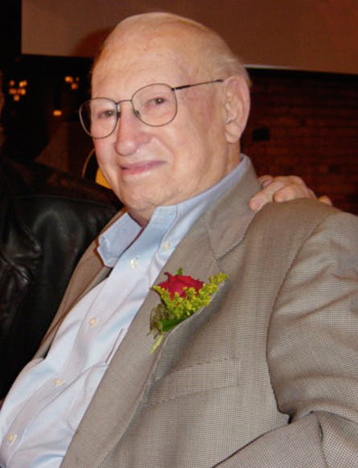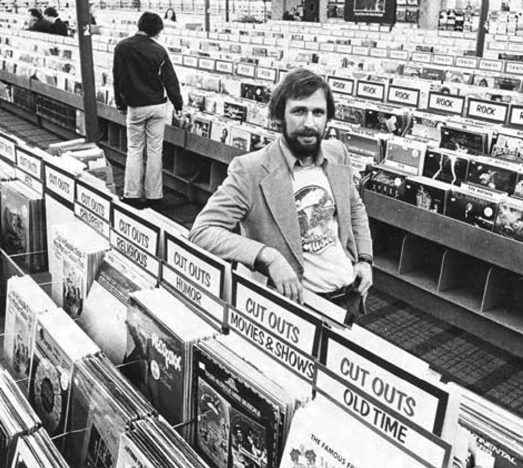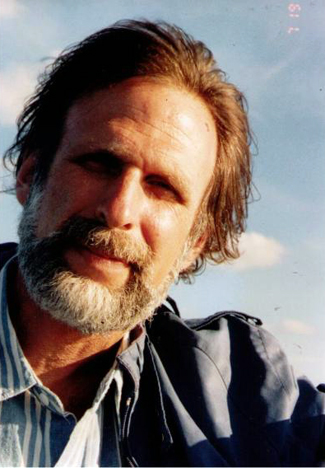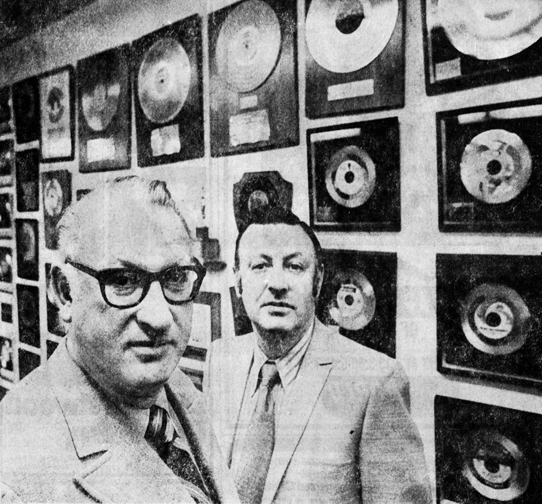The Heilichers and Soma Records
Amos and Danny Heilicher became businessmen early. In a 1972 article in the Minneapolis Tribune, Mike Steele wrote:
[Amos] relishes the fact that his sprawling empire began in the ’30s when he and his brother were teen-agers on the North Side, printing scorecards and selling them for a dime apiece at Gopher football games. They jumped from that into the coin-machine business, everything from penny scales to pinball machines. Around 1935 [1933] they got into the record business via coin-operated phonographs [five jukeboxes]. When the records lost popularity, they sold them as used records. When the used-record business became good, they started selling new ones and, in 1946, started a record shop at 3rd and Hennepin. Within two years they had the [regional] distributorship of Mercury Records [which supplied discs for his jukeboxes] and, by 1955, had added Columbia [RCA and other labels].
The Heilichers distributed major-label recordings to retail shops and ran record departments for dime stores and department stores (“rackjobbing”).
SOMA RECORDS
In 1954 [or 1957] Amos and Danny started the SOMA record label (Amos spelled backwards), and recorded mostly polkas, country/western, and jazz.

SOMA ventured into rock ‘n’ roll in 1959 with Bobby Vee’s “Suzie Baby,” which was a regional smash before Liberty Records bought up the master and issued it nationally. Among hits released by SOMA (and subsidiaries Garrett and Bangar) were “Mule Skinner Blues” by The Fendermen, “Liar, Liar” by The Castaways, “Run, Run, Run” by The Gestures and “Surfin’ Bird” by The Trashmen. (George Garrett was an engineer who ran the board on many SOMA recordings and later ran a record store.) Amos also had some ownership in the local recording studio, Kay Bank, where most of SOMA’s recordings were made.
More about SOMA Here and Here and Here
MUSICLAND
The Heilichers acquired Musicland in 1964, at that time a 15-store retail chain that opened its first store in Minneapolis in 1956 by entrepreneurs Terry Evenson and Grover Sayre. Musicland expanded rapidly to 48 stores under their management and merged with J.L. Marsh. At one time there were 1,300 Musicland stores. At their peak, Heilicher’s companies accounted for about 20 percent of all recordings sold in the United States.
In 1965 the Heilichers built a new headquarters at 7600 Wayzata Blvd. in Golden Valley with about 100,000 sq. ft. of warehouse space.
In 1968 the Heilichers merged Musicland with Pickwick International. Here is the rundown of companies:
- SOMA Records fell by the wayside: “We’re off that kick now. It’s a tough field to get into, like competing with General Motors. We’d prefer to sell other companies’ hits,” remarked Ira in 1972.
- Pickwick Records was run from New York by Seymour Leslie. The company “is advertised as the paperback of records and has done well by buying up old tapes by such performers as Sinatra and reissuing them on their budget label.”
- Heilicher Brothers was the distribution branch.
- J.L. Marsh, Inc. was the rack jobber.
- Musicland Stores was the retail division.
At the time of the merger in 1968, Pickwick International, Inc. was listed on the American Stock Exchange. It was listed on the New York Stock Exchange in 1972.
In 1976 Amos (known as “Mr. A”) had a falling-out with the Pickwick board and sold his stake in the company. At the time Pickwick was the largest record distributor in the US and UK and had 280 retail record shops. It had also just been purchased by the American Can Co.
AMOS HEILICHER died on October 12, 2008, at age 90.


IRA HEILICHER, Amos’s Son and integral part of SOMA Records, died on August 2, 2011, at age 65.


DANIEL HEILICHER died on May 24, 2005, at age 81.

Save


